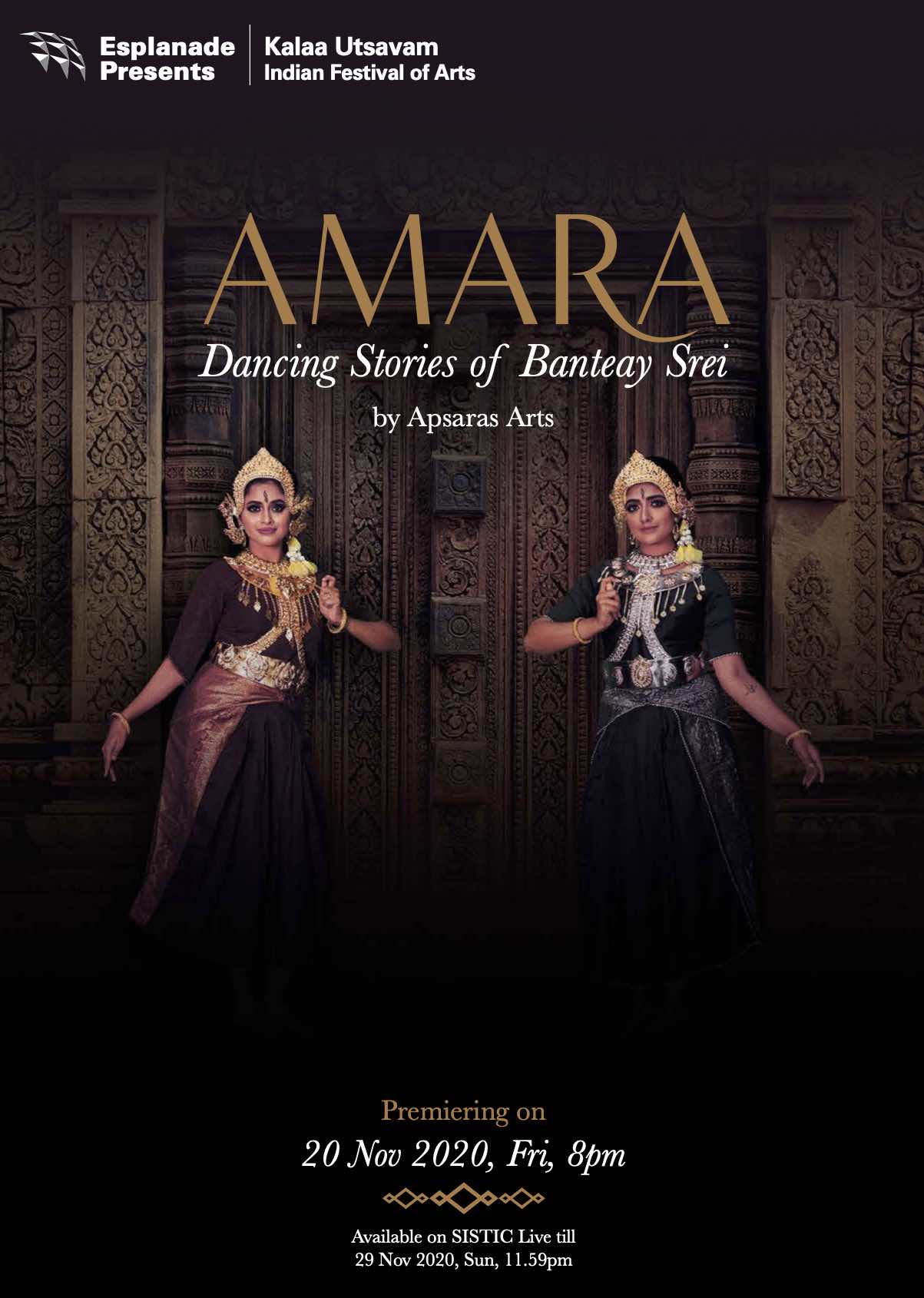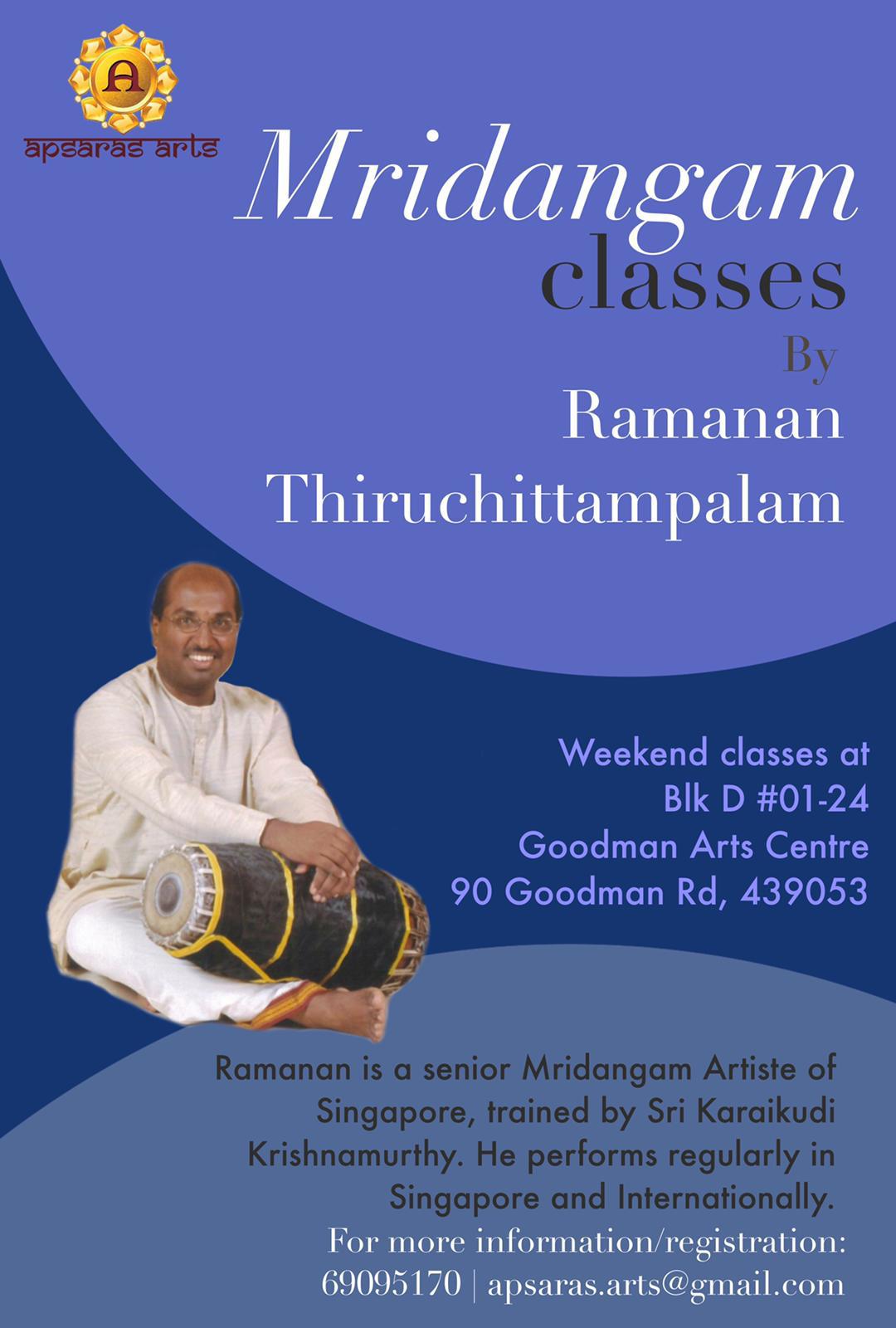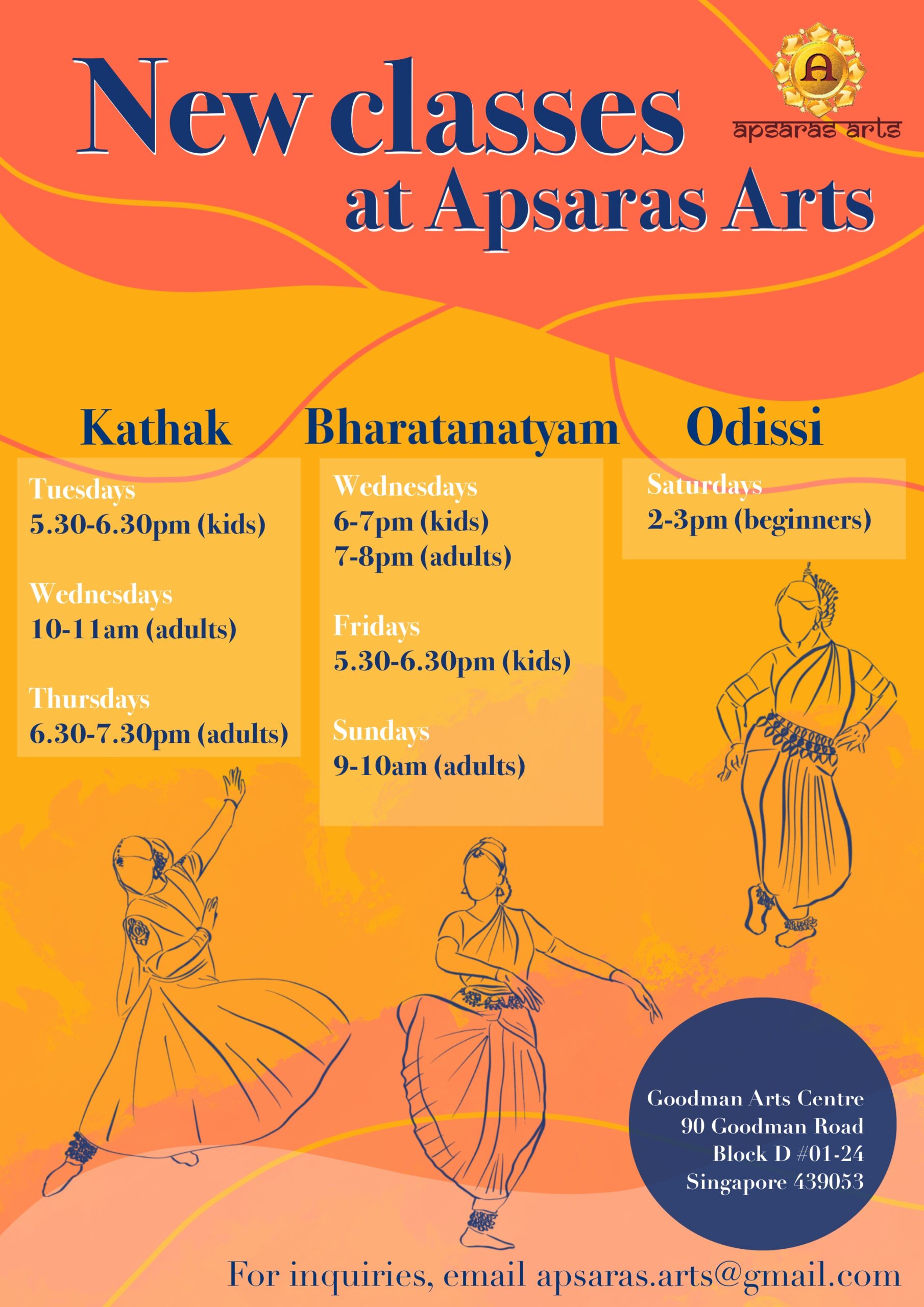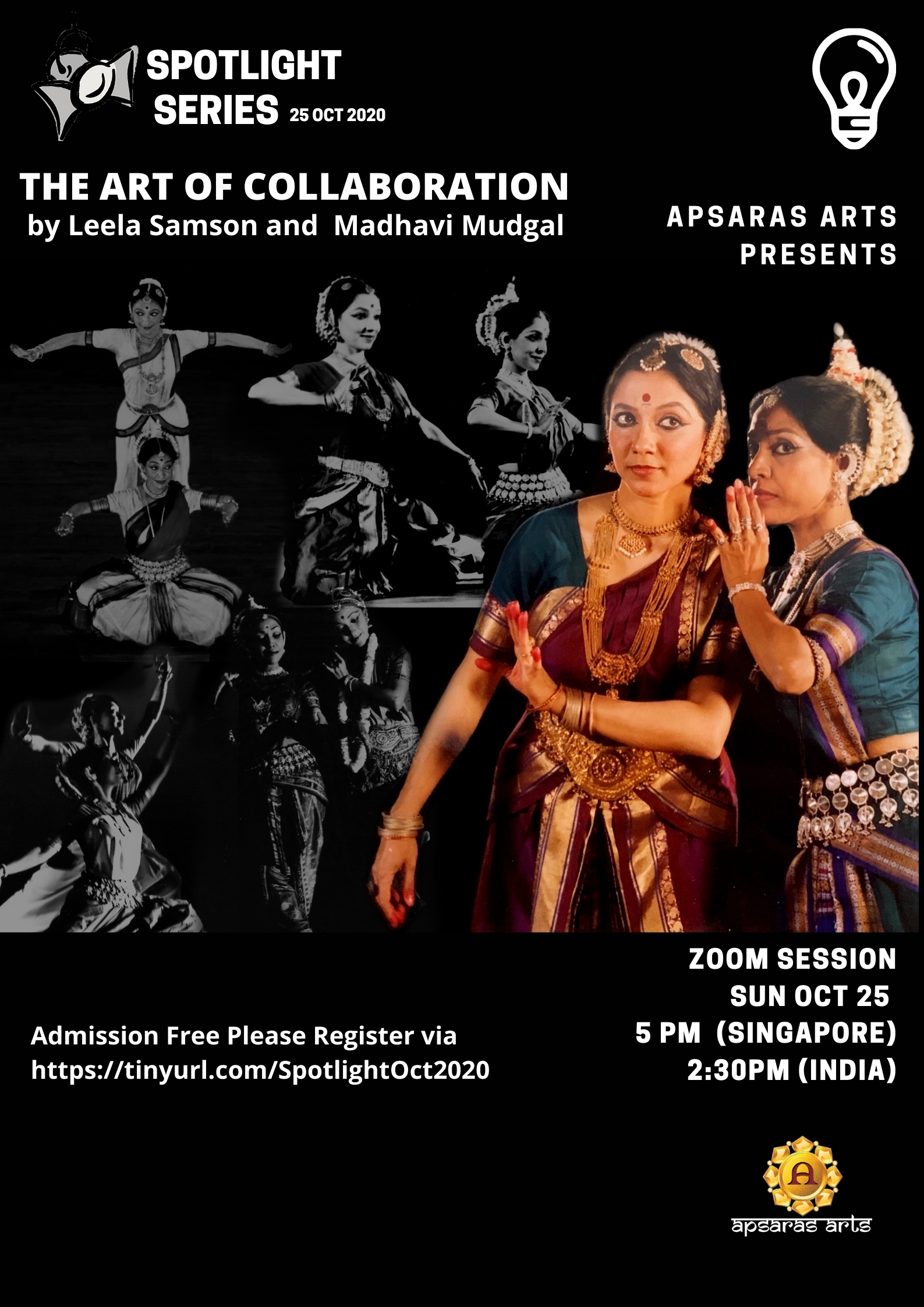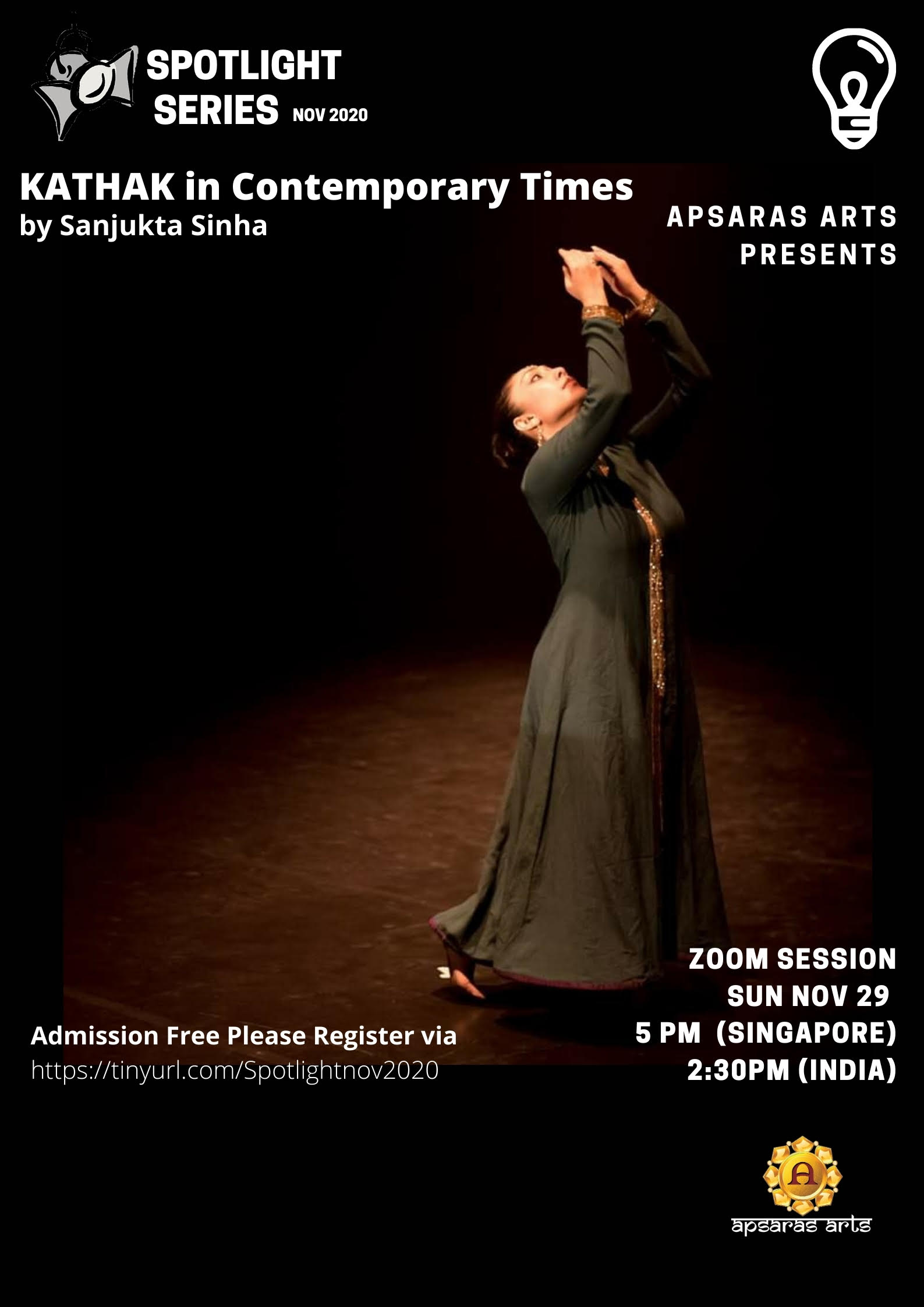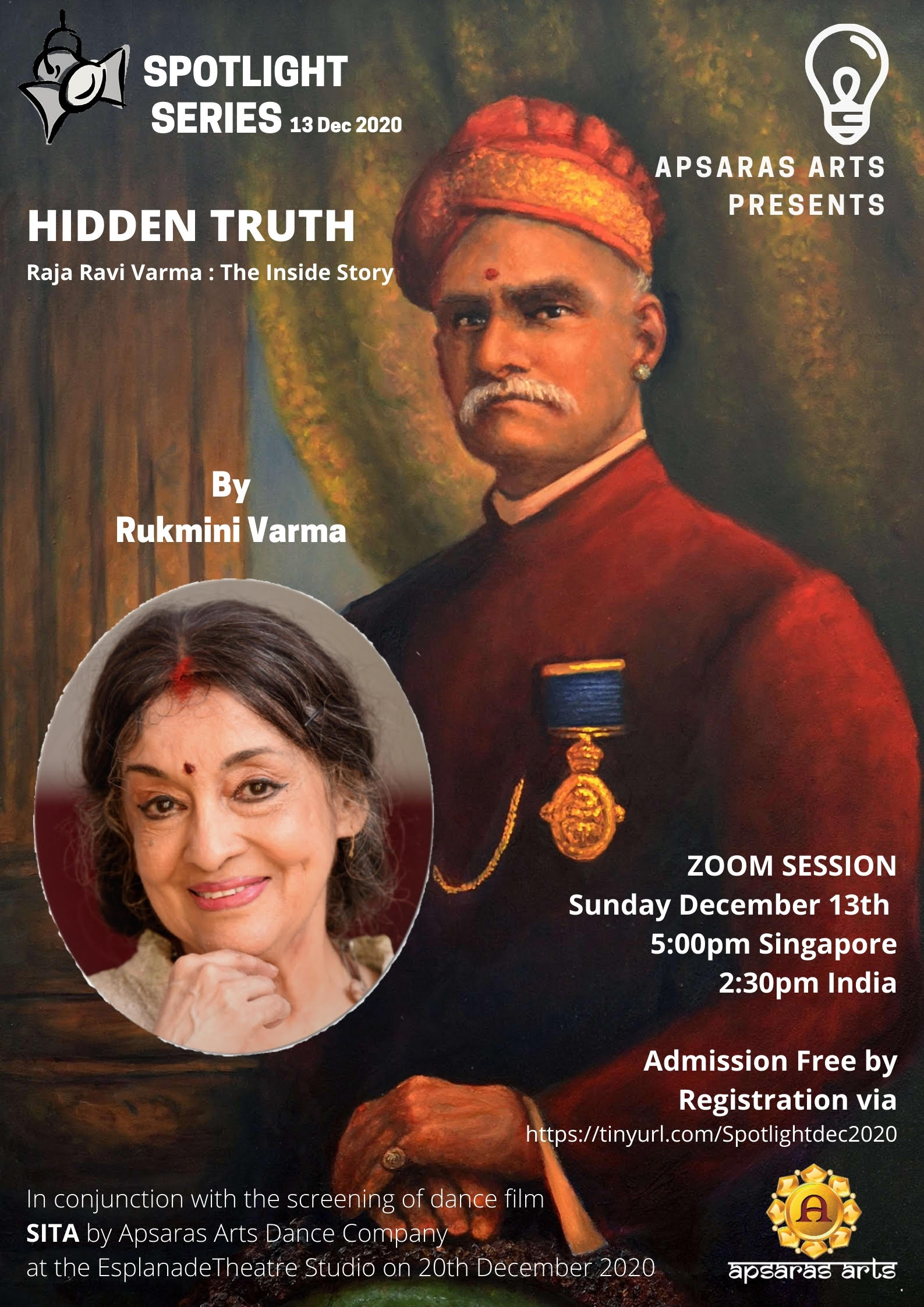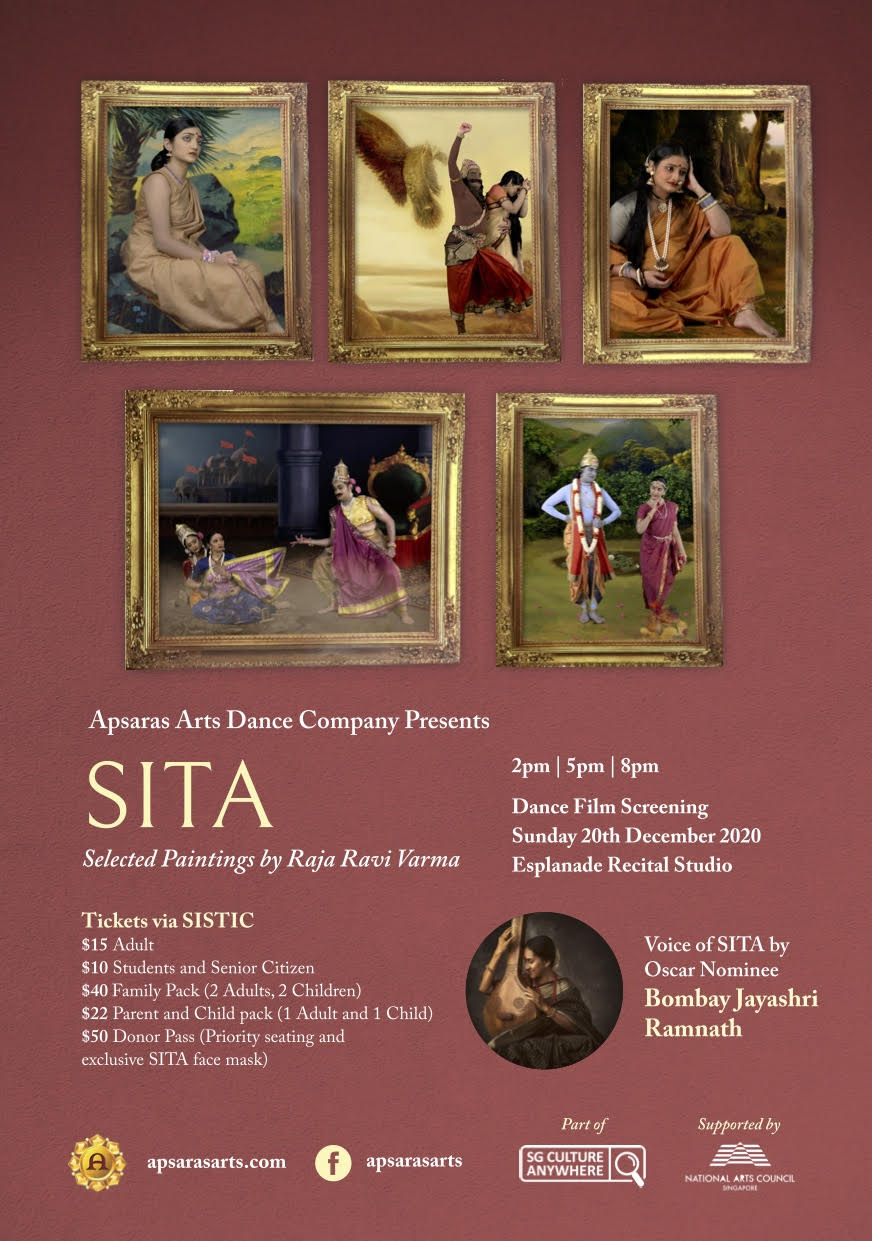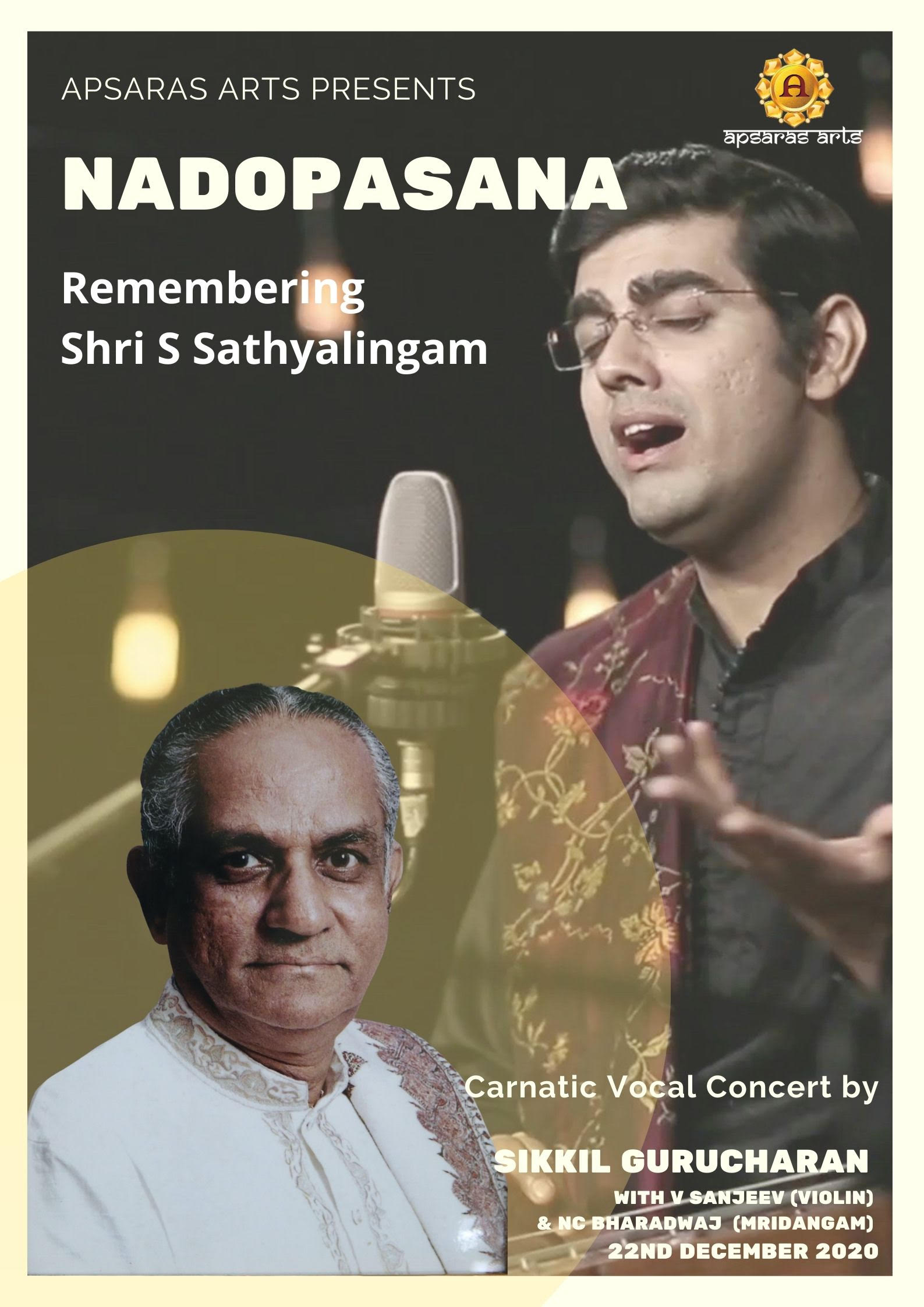COVER STORY
Let’s Talk Conservation
Two young and talented Bharatanatyam artistes, Mahathi Kannan and Manasvini Ramachandran, share their interest, journey in working with the tangible and intangible in the arts… An interview
Qus : What has been your fascination with the idea of heritage? When did you know that you wanted to study it formally and pursue a career – of sorts – in it?
Mahathi:I consider it a blessing that I was able to grow up in an environment which induced in me a love and interest in anything heritage-related. My revered Guru and grand-aunt Dr Padma Subrahmanyam is the one who cultivated in me a special interest in temples and sculptures. I initially wanted to pursue archaeology but later I found my leanings specifically towards art history. I got an opportunity to do my Masters in art history from the National Museum Institute, New Delhi, which gave better structure to my perception and study of the subject. That has, since then, opened new possibilities for me to apply that knowledge to my dance as well.
Manasvini:My family hails from a village called Korukkai in the Thanjavur district. Migration to the city happened two generations ago with no connection to our roots. To re-establish our connection, we drove down to the village as a family and came across a 11th CE chola temple which was neglected. Dr Nagaswamy made a visit to the temple and read the stone inscriptions. After pestering mama as a ninth grader, he taught me the chola grantha script. Dr Nagaswamy introduced me into the realms of art, history, and archaeology. I have always leaned toward Indic culture and heritage but never actually thought I would make a career out of it. It was in my MFA (Bharatanatyam) that a world of possibilities was opened up to me by Dr Padma Subramanyam (Akka) and the faculty of SASTRA university. Being a student of arts and science, both being vastly different from each other, I’ve always wanted to tread a path in between the two. I found conservation to be a beautiful blend of the two and saw this as my calling.
Qus : As an artist, does it help that you have the heart-for-the-arts? How does empathy add value to the work that you do?
Mahathi:It definitely does help! Empathy helps develop sensitivity. In my understanding as a student of art history, that sensitivity is important to recognise and understand the nuances and sentiments behind works of art. However, it is also important to maintain a certain amount of objectivity since facts of history also need to be taken into consideration. It is this balance that I am trying to develop in my approach towards art history as a subject and art as a whole.
Manasvini:To work on an object, it is important for a conservator to understand it from different perspectives. Beyond an understanding of how it was made, the materials used, and the techniques employed in the making, a conservator must understand why it was made and its significance. Any artist understands the purpose of art better than a person who cannot appreciate art. My professor used to insist that we first look into the artwork before actually finding out what issues it has. Being a dancer surely helps me understand this nitty gritty better.
Qus : Can you break down the work that you do or plan to pursue in the space of heritage and conservation of the arts?
Mahathi:I must admit, I am not extremely active in the art history space but I do try to do my bit in sharing whatever knowledge I have gained and continue to gain through my page Shilpakatha. It is a humble venture through which I simply would like to share the joy I experience in art, specifically Indian sculpture. Studying each sculpture that I post about involves quite a bit of work for me, since I feel I have a responsibility of sharing knowledge in the most authentic, honest manner.
For instance, when I am looking into any legend associated with a deity or a temple, I try to go into the source(s) of the legend such as the Itihasas and Puranas. Reading up the original texts with their translations and correlating them with the iconography of a sculpture. This is my most favorite part of the whole process. It is such an amazing learning experience and this is the experience that I try to pass on through my posts on Shilpakatha.
Manasvini:Simply put, conservation is the process of helping to see historic or art objects better and making them last longer. Every object when created has a life span until it perishes. It is for the conservators to help prolong the life of this object. As conservators, we take a very clinical approach to our objects to make sure that the treatment administered is appropriate as once done, it is hardly reversible. A conservator draws a condition report with a visual glossary of the deterioration patterns. While doing this, she also understands the making of the object, its history and significance. The object is then imaged using different radiation sources like Ultra-Violet (UV) and Infra-red (IR) rays which are great investigative tools in understanding conservation. Treatment for the object is chosen based on the deterioration patterns and materials employed are conservation grade materials. This step will involve cleaning, mending, lining and retouching depending on what is best and necessary for the object.
Qus : Talk to us about the tangible and the intangible in the arts?
Mahathi:I find art history to be a very unique blend of the tangible and intangible aspects of art. We study temples, sculptures and artefacts, all examples of tangible heritage. Yet, for me, the takeaway is so much more than simply the physical form. For me, studying a work of art allows me to see beyond the physical and into the metaphysical and the spiritual. In other words, it allows me to go from the tangible to the intangible. The iconography of a deity in sculpture, for instance, will contain certain symbolism behind it that is based on certain philosophy. I find that incredibly fascinating, that something set in hard stone can help us move beyond its own form to the formless. If not anything, the tangible sculpture can give us an intangible experience of joy simply by existing.
Manasvini:Tangible art is the by-product of knowledge systems, tradition and arts. Anything that is born out of a creative process or a traditional technique is considered tangible art like temples, sculptures, paintings, jewelry, instruments, and traditional crafts. Apart from tangible art, any tangible byproduct of this art that conveys information has a significance or adds to the authenticity of the art is considered vital. This may include photographs, notations, newspaper clippings, diary entries, etc. Any tangible object which is measurable has the capacity to convey a meaning and can vary from person to person and from place to place. Anything that is measurable is conservation worthy as long as it has a significance which could be a product of an ideology, have a shared meaning to the majority of society, be identified as significant by a group of people or having a personal value.
Qus : Mahati, you have studied art, architecture and sculpture across India and the world; how do you plan to take this learning forward in the work that you do?
Mahathi:Though I did study a bit of different art styles from around the world, I intend to focus specifically on Indian art which, I feel, is a gift that keeps on giving. I have had a couple of opportunities in the past to combine art history and dance, my two main streams of interest. I would like to give a visual form to those projects. Having a love for art cultivated at a young, impressionable age has now proven to be a blessing for me. I would like to share that love with others, especially children. As a small step towards that, last year I started one-hour monthly sessions at our dance institute Nrithyodaya, where we discussed temples and sculptures right from the basics. I must thank our students for their wonderful response to the sessions; it has given me hope that I can take this forward and hopefully expand it in future.
Qus : Manasvini, you bring your training in Biochemistry and therefore a scientific approach to cultural heritage, right? Tell us a little about it?
Manasvini:Conservation is guided by scientific and technical observations. There is a slight difference between science and conservation in the science that the first is platonic (confined to theories) and nomothetic (related to study or discovery of general standard scientific laws) and the latter is Aristotelian (analysis of experience) and idiothetic (related to specific conditions appropriate to the case). Science can be used for analysis, predicting, understanding the object better and providing materials that are safer and easier for conservation than traditional ones. Thankfully my engineering background has helped me with thinking on my feet and adapting to challenges.
Qus : Why do you believe that the arts have to be preserved for future generations?
Mahathi:I am reminded of something that my Guru says, that the fine arts are called so because they are meant to kindle the finer elements in us. I feel that applies to all art. In India, the arts have been a medium to preserve and pass on culture and tradition down generations. The true purpose of art has always been to pave the way for the individual to evolve into a better person.
Manasvini:Is it not man’s desire and quest to live for eternity? Therefore, in this quest, he strives to build social and cultural paradigms which validate and support his desire for eternal. An object’s value is given by its stakeholders. It could be the administration, art and history academia, society in large, ethnic groups associated with the object, patrons and so on. The stakeholders are the ones that take decisions on why an object needs to be conserved. According to the contemporary theory of conservation by Salvador Munoz Vinãs, the way an object is needed to be perceived and the importance of the object are factors a conservator needs to account for. However, it is the conservator’s responsibility to take a path that is both ethical and true to the object as well as acceptable to the stakeholders. I don’t believe that objects are for future generations alone. We can have the cake and eat it too.
Qus : What are some of the projects you are currently working on?
Mahathi:I always love finding common threads in literature. I have just started work on one such project with one connecting element which I hope to expand into a production in future.
Manasvini:My thesis was on the documentation of wall paintings in the Kanchi Kailasanatha temple. Currently, as a conservator team of six members, we have taken up the Lalgudi Trust’s collection for categorising, indexing, conserving, and digitizing. The collection includes different paper documents, photograph albums, awards/mementoes, paintings, and other significant objects associated with the legacy of Shri. Lalgudi Jayaraman’s illustrious family. My team is also working on restoring a painting of Bhagavan Shrikrishna by Shri. Keshav for a private collector. We plan on expanding and taking up more projects with the blessings of the divine.
Cover story
COVER STORY Three costume designers Lakshmi Srinath, Sandhya Raman and Mohanapriyan Thavarajah from Chennai, Delhi and Singapore respectively, share their process, insights and views on designing and creating costume for dance and dancers Lakshmi Srinath “My interest in costume grew organically as a result of my passion and career as a visual artist” “My interest ... Read more
Aug 18, 2023
Read More >Cover story
COVER STORY Into the Music of Dance Our Cover story this edition features three musicians and music composers for dance from India, who share their experiences of making music for dance SUDHA RAGHURAMAN Carnatic Vocalist, Composer and Music Arranger What is that characteristic aspect that differentiates composing music for dance and composing music in general? ... Read more
Jun 1, 2023
Read More >Cover story
COVER STORY Master Weaver of Magic Raising a toast to Aravinth Kumarasamy, Artistic Director of Apsaras Arts, as he receives one of the most prestigious accolades for arts practitioners in Singapore – the Cultural Medallion… In the first week of December, Apsaras Arts Artistic Director Aravinth Kumarasamy, the man who needs no introduction to the ... Read more
Feb 16, 2023
Read More >Cover Story
Cover Story Dance of the Camera What happens when dance is on film? Do things shift for the artiste and choreographer when they are being seen through the camera’s eye? How do they negotiate this medium to create a work-of-art that is authentic to the dance and to cinema? Three senior Bharatanatyam artitses – Aravinth ... Read more
Oct 31, 2022
Read More >Cover story
COVER STORY Privilege, possibilities and experiences… We reached out to six Bharatanatyam male artistes from across the globe and asked them a common set of questions to feel enriched with a plethora of ideas and insights on inclusivity, gender-neutrality, exploration and experimentation, research and expression and about the beauty of art and how it enables ... Read more
Aug 29, 2022
Read More >Vision for Dance 2022
Vision for Dance 2022 A straight-from-the-heart response from dancers and curators on their vision for dance Rama Vaidyanathan Bharatanatyam exponent “My vision for dance this year is to bring it back to stage; in front of a live audience. I am also hoping that when dance returns full-fledged to stage, it is enriched and nuanced, ... Read more
Mar 8, 2022
Read More >National Award for Apsaras Arts Dance Company
Presented by National Heritage Board of Singapore on 10th December 2020 Acceptance speech by Aravinth Kumarasamy, Artistic Director of Apsaras Arts Dance Company. “Dear Guest of Honour, Minister of Culture, Community and Youth, Mr. Edwin Tong, Ms. Yeoh Chee Yan, Chairman of NHB, and Ms. Chang Hwee Nee, CEO of NHB. Good afternoon. Receiving this ... Read more
Dec 30, 2020
Read More >AMARA – Making the Impossible Possible
Special Feature by Mohanapriyan Thavarajah “From the forest of his matted locks, water flows and wets his neck, on which hangs the divine snake like a garland, and his drum incessantly plays damat, damat, damat, damat.” Thus, Shiva is engaged in a very vigorous Tandava dance, to bless and shower, prosperity on the entire universe. ... Read more
Nov 17, 2020
Read More >Dancing the Stories of Banteay Srei
AMARA: Dancing the Stories of Banteay Srei Inspired by the legends and the stories carved in its bas reliefs of the enchanting temple of Banteay Srei, this dance production brings to life the female divine Yoginis of the temple, which was once called the “citadel for women.” Apsaras Arts Dance Company is proud to present ... Read more
Oct 21, 2020
Read More >Odissi Dance Exchange: ODE by ETHOS
Over the months of May to July, Soumee De, Odissi faculty of Apsaras Arts, curated a series of webcast session for dance students, performers and teachers by inviting scholars, researchers and experts to share their practice, knowledge and experiences over an interactive dialogue. Over 10 episodes on Friday evenings, this series featured eminent speakers on ... Read more
Jul 20, 2020
Read More >Subscribe to our newsletter
to keep up to date with all our shows, performance tours, workshops & opportunities.
Individual Devata Sponsors
Address: Block D #01-24 90 Goodman Road Singapore 439053 | Email: apsaras.arts@gmail.com
© 2018 Apsaras Arts Indian Premier Dance Company. All Rights Reserved.











